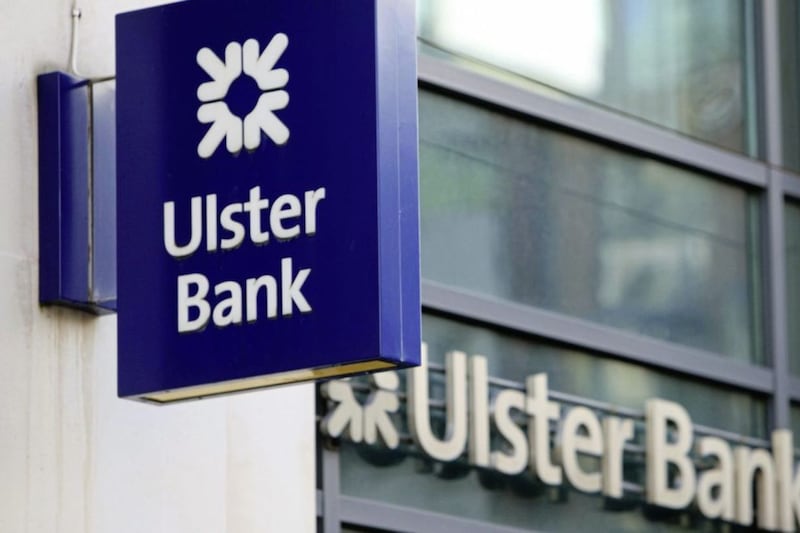Rising geopolitical tensions over North Korea have seen profit taking in recent days in stocks, credit and risk–driven currency trades, such as leveraged bets against the Swiss Franc and Japanese Yen. There has also been a move into safe-haven government bonds, which has put renewed downward pressure on yields. The market moves, though, have been modest enough, and while volatility has picked up, it remains at low levels. Ample liquidity and low interest rates continue to provide considerable support for the financial markets.
The heightened geopolitical tensions have given some further support to the US Dollar, after better than expected US labour market data and renewed talk of a cut in US corporate taxes helped stem the slide of the currency. The Dollar declined by 5 per cent on a trade-weighted basis between late June and the start of August. Dollar gains have been modest, though, as investors believe that subdued inflation means only limited further US interest rate tightening is in store in the US, despite Federal Reserve projections to the contrary.
With little prospect also of a near-term fiscal stimulus from the Trump administration, it would seem the best the Dollar can hope for in the short-term is a period of range trading following its 10 per cent slide in the year to date. All is not lost for the Dollar. We still expect that the White House will try to deliver some form of fiscal stimulus ahead of next year’s Congressional elections, while the Fed could yet surprise markets with the extent of its policy tightening in 2018/19.
Following last week’s uninspiring calendar, there is more for financial markets to look forward to in the coming days. This includes a raft of UK labour market figures for the second quarter. UK employment is forecast to have risen by a modest 85,000 in the second quarter, a slowdown compared to the first quarter’s 121,000 increase. At the same time, the unemployment rate is anticipated to have edged down to 4.5 per cent (from 4.6 per cent in the first quarter). While UK unemployment is very low, wage growth has remained weak, perhaps reflecting uncertainty and higher costs faced by UK employers since the Brexit vote. Year-on-year growth in weekly earnings is forecast to have remained subdued in the second quarter at 1.7 per cent.
The weak UK wage growth is of particular concern given the recent rise in the CPI index. While inflation slowed slightly to 2.6 per cent in June, base effects from 2016 mean that it looks set to pick back up to 2.7 per cent in July, maintaining the squeeze on household incomes. Although, UK retail sales are predicted to have recorded another modest increase in July.
There is also a busy schedule this week in the US, which includes July retail sales. Nominal sales tended to disappoint in the second quarter, including a surprise decline in June. However, a 0.3 per cent rebound is anticipated in July. The timelier Michigan measure of consumer sentiment is predicted to remain at a strong level in August. On the output side of the economy, industrial production is expected to have registered another increase in July, following on from a solid rise of 1.2 per cent in the January to March period. In terms of US monetary policy, the financial markets will be dissecting the minutes of the Fed’s July meeting, as they look for further details on balance sheet ‘normalisation’ and the likely pace of future US interest rate hikes.
Elsewhere, economic growth will be the focus in the Eurozone and encouraging second quarter numbers are expected to be released in Germany (+0.7 per cent) and Italy (+0.4 per cent), while no change to the original estimate of the Eurozone aggregate figure (+0.6 per cent) is expected. Meanwhile, the European Central Bank (ECB) meeting ‘account’ for July will be looked to for greater insights into the discussion on the Central Bank’s easing bias after it disappointed some market participants by retaining its commitment to increase/extend quantitative easing if required. Market participants will also be looking for insights into the review of monetary policy that President Mario Draghi said would happen in the autumn.






